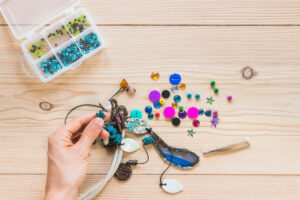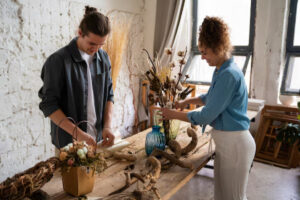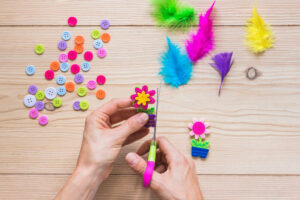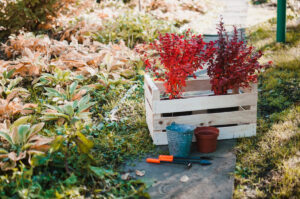The DIY & Crafts Blog
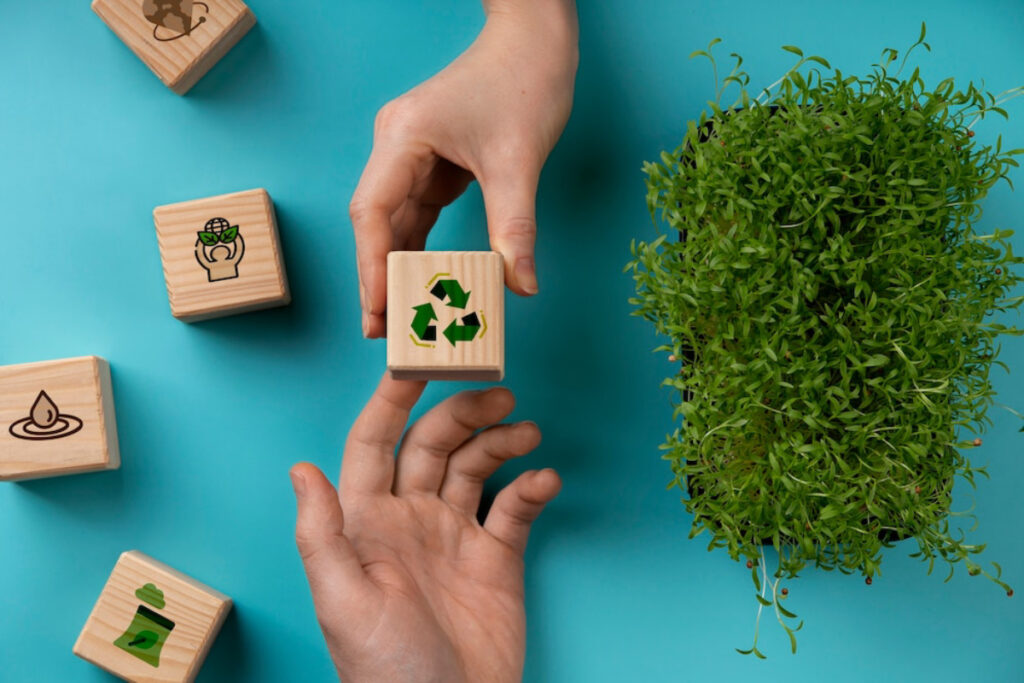
The Benefits of Upcycling for the Environment
Everyday household items often end up in the bin without a second thought. However, you can turn common household waste into something valuable and beautiful with creativity. Instead of discarding old jars, fabric scraps, plastic containers, and cardboard boxes, why not transform them into unique and functional pieces? Eco-friendly crafting is a great way to reduce waste and a fun and fulfilling activity for the whole family.
Upcycling allows you to breathe new life into objects that would otherwise be discarded, contributing to a more sustainable lifestyle. In this guide, we’ll explore why upcycling matters and how it supports sustainable design ideas while adding charm and functionality to your home.
Why Upcycling Matters
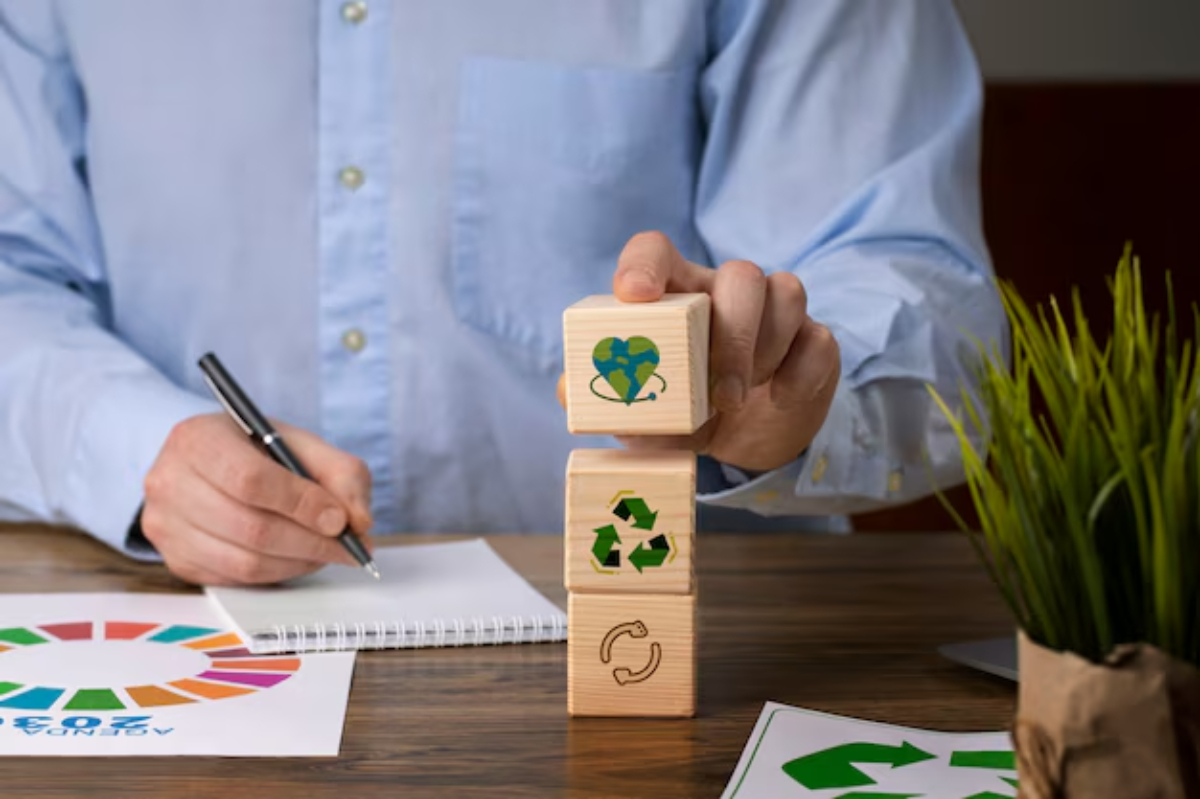
Before we dive into specific projects, let’s explore why upcycling matters and how it benefits the environment:
- Reduces landfill waste – Many household items take years to decompose, adding to environmental pollution.
- Saves natural resources – Upcycling reduces the need for new raw materials, helping to conserve resources like wood, water, and minerals.
- Lowers carbon footprint – Repurposing old materials instead of manufacturing new ones reduces energy consumption and carbon emissions.
- Encourages sustainable consumption—Upcyclers are less likely to engage in excessive consumerism, promoting a mindful approach to material use.
- Supports creativity and innovation – Finding new purposes for old objects enhances problem-solving and crafting skills.
Integrating eco-friendly crafting into your lifestyle can significantly reduce waste while giving everyday objects a second life.
Creative Upcycling Ideas to Help the Environment
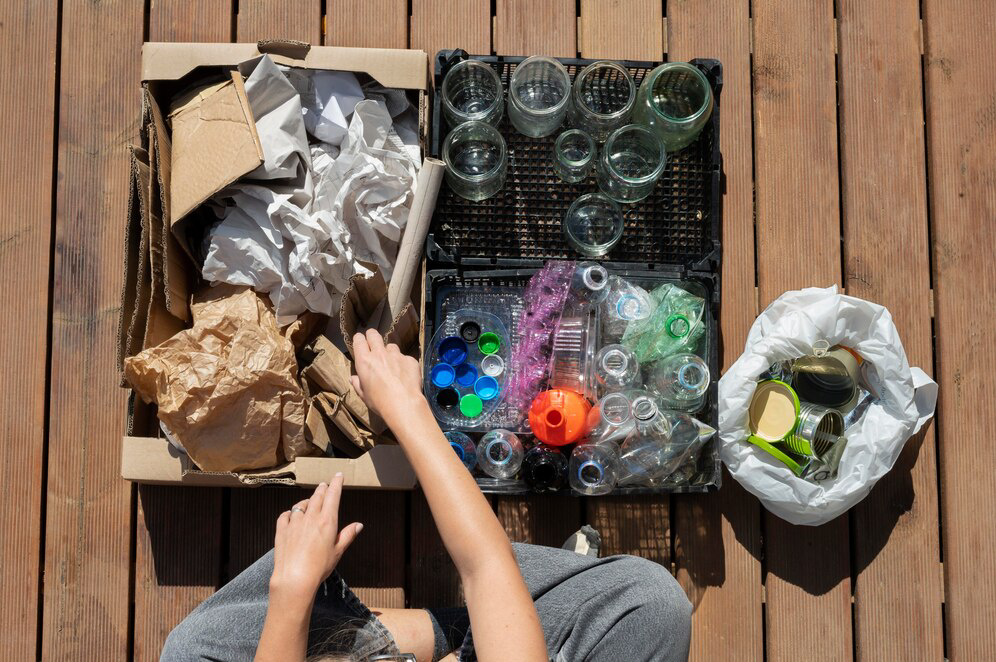
1. Glass Jar Organisers
Instead of throwing away glass jars, use them for storage and organisation:
- Clean and remove labels from old jars.
- Decorate with paint, twine, or fabric to match your home’s decor.
- Use them to store spices, pantry items, office supplies, or bathroom essentials.
- Attach the lids under shelves for a hanging storage system.
This simple upcycling idea helps with sustainable design ideas while keeping your space organised.
2. Tin Can Planters
Tin cans make excellent plant holders with just a few modifications:
- Remove labels and paint the cans in bright colours.
- Punch small drainage holes at the bottom.
- Use them for herbs, succulents, or flowers.
- Hang them with strings to create a vertical garden.
This project is a fantastic way to incorporate eco-friendly crafting into your gardening routine.
3. DIY Fabric Scraps Rug
Don’t toss out old clothes and fabric scraps—turn them into a beautiful rug!
- Cut fabric scraps into strips.
- Braid the strips and sew them together in a circular or oval shape.
- Use as a decorative mat for doorways or bathrooms.
This is one of the most practical sustainable design ideas that reduce textile waste.
4. Cardboard Box Drawer Dividers
Cardboard boxes can be transformed into stylish and functional storage solutions:
- Cut boxes to fit inside your drawers.
- Wrap them in decorative paper or fabric for a polished look.
- Use them to organise socks, accessories, or office supplies.
Upcycling cardboard is a budget-friendly way to enhance home organisation.
5. Wine Cork Coasters
If you have a collection of wine corks, try making stylish coasters:
- Slice corks into even sections and arrange them in a pattern.
- Glue them onto a piece of felt or corkboard.
- Seal with a waterproof coating for durability.
This is an excellent way to practice why upcycling matters with a rustic aesthetic.
6. Upcycled T-Shirt Tote Bags
Old T-shirts can be repurposed into reusable shopping bags:
- Cut off the sleeves and neckline.
- Sew or knot the bottom of the shirt.
- Use it as a lightweight, eco-friendly tote.
This eco-friendly crafting project is a sustainable alternative to plastic bags.
7. Plastic Bottle Bird Feeders
Encourage wildlife in your garden by transforming plastic bottles into bird feeders:
- Cut openings in the sides of a bottle for bird access.
- Insert sticks for perches.
- Fill with birdseed and hang outdoors.
This is an eco-friendly, sustainable design idea that supports nature.
8. Vintage Ladder Shelf
Repurpose an old wooden ladder into a trendy shelving unit:
- Sand and repaint the ladder.
- Secure wooden planks across the steps to form shelves.
- Use for books, plants, or decorative items.
This is an excellent way to give old furniture a second life.
9. Mason Jar Lanterns
Turn glass mason jars into stunning outdoor lanterns:
- Insert fairy lights or candles inside.
- Decorate with lace, twine, or paint.
- Hang them around patios or use them as table centrepieces.
This sustainable design idea adds warmth to any outdoor space.
10. Pallet Wood Garden Benches
Old wooden pallets can be transformed into stylish outdoor furniture:
- Sand and repaint pallets.
- Stack and secure them into a bench shape.
- Add cushions for comfort.
This is a fantastic eco-friendly crafting project for garden enthusiasts.
Tips for Successful Upcycling
1. Start Small
Begin with easy projects and gradually explore more complex sustainable design ideas.
2. Keep an Eye on Household Waste
Before disposing of anything, think about how it can be repurposed.
3. Gather the Right Tools
Essential tools like glue guns, scissors, sandpaper, and paint can help with upcycling projects.
4. Get the Family Involved
Upcycling is a fun activity for all ages. Engage kids in creative projects to teach sustainability.
5. Share Your Creations
Inspire others by showcasing your upcycled projects or gifting handmade items on social media.
Overcoming Upcycling Challenges
1. Limited Space for Projects
- Choose small, manageable crafts that don’t require large storage areas.
2. Lack of Crafting Skills
- Start with simple, beginner-friendly projects before moving to advanced ones.
3. Finding the Right Materials
- Collect materials gradually and stay organised.
The Future of Upcycling
Upcycling will continue to grow in popularity as more people embrace sustainable living. From reducing waste to fostering creativity, these eco-friendly crafting projects play a significant role in why upcycling matters while positively impacting the environment.
By integrating sustainable design ideas, we can all contribute to a cleaner, more sustainable world—one creative project at a time!
Conclusion: Embrace Upcycling for a Greener Future
Repurposing everyday household items is an excellent way to reduce waste, save money, and add a personal touch to your living space. There are endless possibilities for upcycling, whether glass jars, old T-shirts, or cardboard boxes.
Which eco-friendly crafting project will you try first? Share your thoughts and inspire others to start upcycling today!



